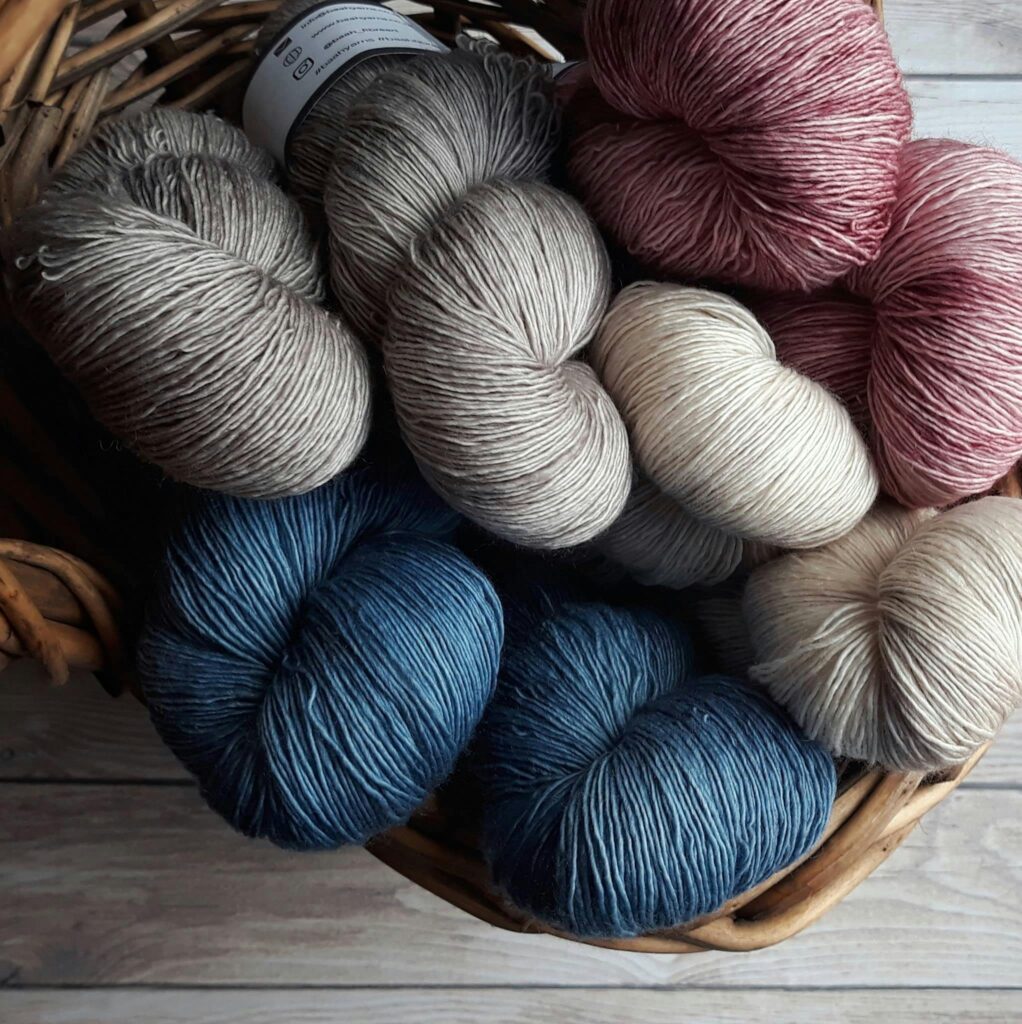The development of textile industry is continually developing, with recent fads, advancements, and guidelines molding its future. Here is a clear glance at a portion of the vital updates and improvements in the material business.

Developments of Maintainable Practices of Textile Industry
Maintainability is turning into a significant concentration in the material business. Organizations are embracing eco-accommodating practices to decrease their natural effect. This incorporates utilizing reused materials, decreasing water and energy utilization, and executing better waste administration rehearses. The shift towards manageability means to make material creation more mindful and less destructive to the planet
Development in Texture Innovation of Textile Industry
Innovation keeps on propelling, carrying new developments to material creation. Late improvements incorporate shrewd textures that can screen wellbeing measurements or conform to ecological changes. Moreover, there are upgrades in texture toughness and usefulness, for example, water-safe or stain-verification materials, which improve the presentation of materials in different applications.
Developments in Advanced Texture Printing
Advanced texture printing is acquiring notoriety because of its adaptability and productivity. This innovation takes into account complex plans and custom examples to be printed straightforwardly onto textures. It wipes out the requirement for screens and decreases squander contrasted with customary printing strategies. As advanced printing turns out to be more reasonable, turning out to be much more generally utilized in both design and home textiles is normal.
Expanded Spotlight on Inventory network Straightforwardness
Buyers and controllers are requesting more straightforwardness in the material store network. Organizations are presently expected to give point by point data about their obtaining, creation practices, and work conditions. This push for straightforwardness expects to guarantee moral practices and further develop responsibility all through the inventory network.
Rising Interest in Round Economy Models
The idea of a round economy is building up momentum in the material business. This model spotlights on reusing and reusing materials to broaden the lifecycle of items and lessen squander. Brands are investigating ways of carrying out roundabout practices, like planning articles of clothing for simple dismantling and reusing, and advancing reclaim programs.
Effect of Worldwide Exchange Strategies
Changes in worldwide exchange strategies can influence the material business altogether. Late economic alliance and levies can influence the expense of unrefined components and completed items. Organizations should remain informed about these progressions to deal with their stockpile chains actually and change their methodologies in like manner.
Developments Notoriety of Online Material Retail
The ascent of online business is changing the way that materials are sold and bought. Online stages permit shoppers to peruse and purchase textures and articles of clothing from around the world. This shift is pushing material organizations to upgrade their computerized presence and further develop their web based shopping experience.
Development in Material Reusing Advances
Material reusing innovations are propelling, making it simpler to reuse and reuse old textures. Developments incorporate more productive techniques for separating filaments and cycles for making new textures from reused materials. These innovations support the business’ move towards additional manageable practices.
The following are five as often as possible got clarification on pressing issues (FAQs) about the most recent updates and advancements in the material business:
What are the primary patterns in maintainability inside the material business?
Principal patterns include:
Utilization of Reused Materials: Consolidating reused strands and textures to diminish squander.
Water and Energy Effectiveness: Executing practices to bring down water and energy use underway.
Moral Creation: Guaranteeing fair work practices and lessening ecological effect through manageable practices.
How can innovation influence texture creation textile development?
Innovation influences texture creation through:
Savvy Textures: Making materials with installed innovation for wellbeing checking or natural responsiveness.
Computerized Texture Printing: Taking into account itemized and adjustable plans straightforwardly on textures, lessening waste contrasted with customary techniques.
Upgraded Solidness: Creating textures with further developed protection from water, stains, and wear.
What is driving the development of computerized texture printing?
Advanced texture printing is becoming due to:
Adaptability: It considers speedy changes and customization in plans.
Proficiency: Lessens arrangement time and material waste contrasted with conventional printing strategies.
Cost-Viability: Turning out to be more reasonable and available for different sizes of creation.
Why is production network straightforwardness turning out to be more significant in the material business?
Production network straightforwardness is significant on the grounds that:
Customer Interest: Customers need to know the starting points and creation rehearses behind their materials.
Administrative Necessities: States are implementing stricter guidelines on obtaining and work conditions.
Moral Works on: Guaranteeing fair practices and further developing responsibility all through the inventory network.
What is the round economy model and how can it be applied in materials?
The roundabout economy model spotlights on:
Reusing and Reuse: Planning items that can be effortlessly reused or reused to broaden their lifecycle.
Decreasing Waste: Limiting material waste through reclaim programs and recyclable materials.
Feasible Plan: Making pieces of clothing that are solid and simple to dismantle for reusing.
These FAQs give a brief outline of the ongoing turns of events and patterns forming the material business today.